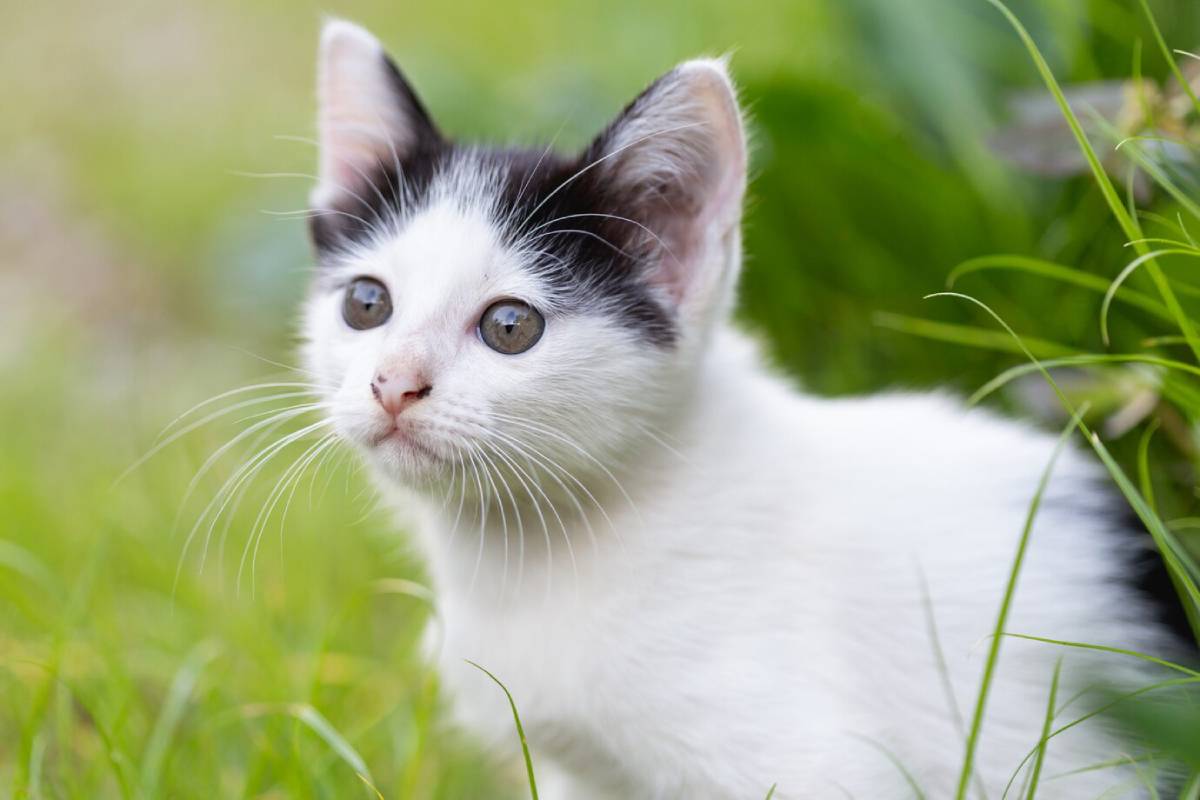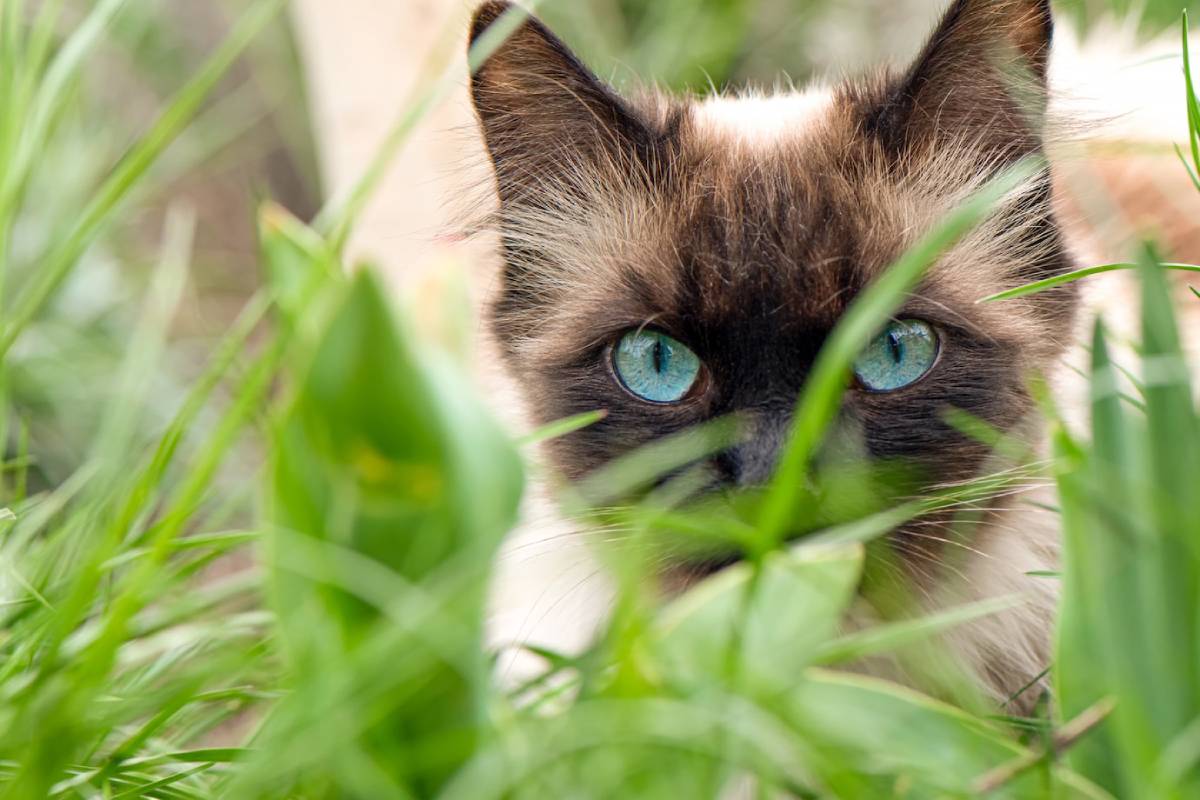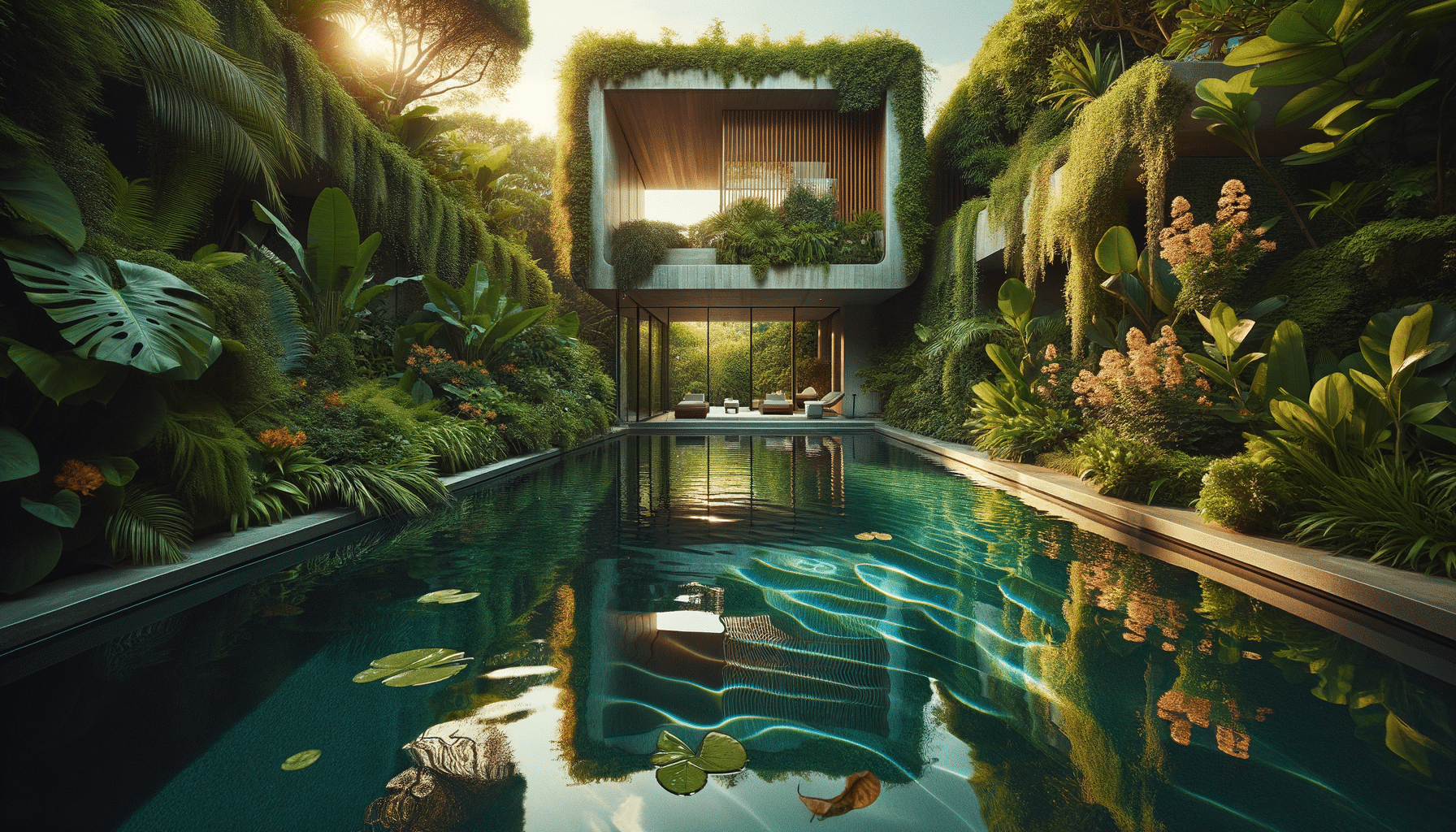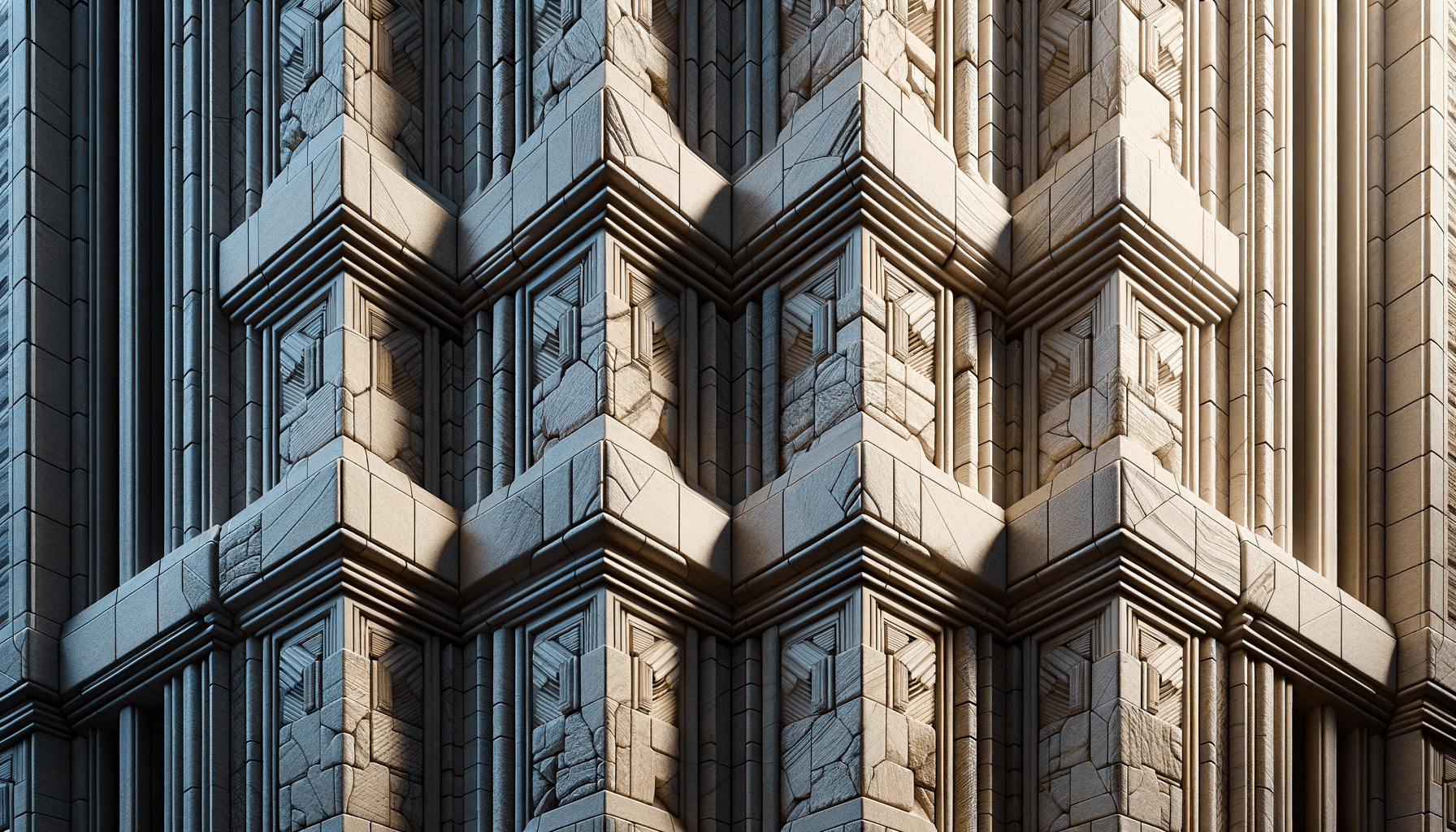
How to Photograph Cats: Tips for Stunning Feline Photos
Cats have a quiet elegance that makes them captivating subjects for photography. Their expressive eyes, graceful movements, and often hilarious antics are endlessly photogenic—if you can get them to sit still. Photographing cats is as much about patience and timing as it is about camera settings and composition.
Whether you’re snapping shots of a sleepy lap cat or an energetic kitten mid-leap, these feline photo tips will help you create images that truly reflect your cat’s personality and charm.
Embrace the Cat’s Nature

Unlike dogs, cats rarely pose on command. They like to do things their way—and that’s okay.
- Work around your cat’s natural schedule, and shoot when they’re calm, playful, or alert, depending on the type of photo you want.
- Let them explore and act naturally—you’re more likely to get authentic shots.
- Avoid forcing them into positions or props that make them uncomfortable.
Understanding and respecting your cat’s preferences leads to more relaxed, beautiful photos.
Choose the Right Environment
Location plays a huge role in successful cat photography.
- Use familiar spaces: your cat will be more at ease in areas they already enjoy.
- Look for natural light: a spot near a window or a well-lit room provides soft, flattering lighting.
- Remove background clutter: simple settings like beds, blankets, or neutral walls allow your cat to be the focal point.
Outdoors can work well too, but only if your cat is leash-trained or used to being outside safely.
Lighting Makes All the Difference

Cats’ eyes are incredibly expressive—but they’re also prone to reflections or red-eye in poor lighting. Natural light is the best way to bring out the detail in their fur and eyes.
- Shoot in the early morning or late afternoon for warm, golden light.
- Use window light or open doorways to softly illuminate your cat indoors.
- Avoid direct flash—it can startle your cat and flatten the image.
If you’re indoors in low light, increase your ISO or use a small light source bounced off the ceiling for a gentle glow.
Get Down to Their Level
One of the most important feline photo tips is to shoot from your cat’s perspective.
- Kneel, lie down, or place the camera at their eye level.
- This creates intimacy and gives the viewer a glimpse into your cat’s world.
- Use a zoom lens or phone camera to capture close-ups without invading their space.
Eye-level photos often feel more personal and emotionally engaging than shots taken from above.
Focus on the Eyes
A cat’s eyes are striking, and they often reveal emotion, curiosity, or mischief.
- Always focus your lens on the eyes—ensure they’re sharp and clear.
- Catchlights (reflections in the eye) add life and sparkle to your image.
- For darker cats, try positioning them near soft light to highlight their facial features.
If your cat has two different coloured eyes or distinctive pupils, make these the star of the shot.
Capture Natural Behaviour
Staged portraits are lovely, but candid shots are often more memorable.
Try capturing:
- A yawn or a big stretch
- Grooming moments
- Mid-pounce or tail flicks
- Window gazing or sunbathing
- Playful leaps or toy chases
Use burst mode or continuous shooting to catch action shots—cats move quickly, and the perfect moment may only last a second.
Use Props and Toys Sparingly
While accessories can add charm to a photo, use them with caution.
- Teasers and feather toys can direct your cat’s gaze or trigger expressive movements.
- Treats can encourage stillness or bring them to a desired spot.
- Props like cushions, blankets, or baskets should be familiar and comfortable.
Avoid anything restrictive or noisy that might startle or irritate your cat—comfort should always come first.
Be Patient—and Quick
Photographing cats is a balancing act between waiting for the right moment and being ready to act fast.
- Keep your camera closed and settings ready before your cat does something cute or unusual.
- Learn your cat’s patterns—if they always jump onto a certain windowsill or chase a toy a particular way, be ready.
- Take breaks—forcing a long photo session can lead to a grumpy model.
A little patience often leads to those once-in-a-lifetime shots you’ll treasure forever.
Editing Your Cat Photos
Post-processing can help enhance your images without losing the natural beauty of the moment.
- Brighten dark areas or adjust shadows to bring out detail in fur
- Crop to highlight facial expressions or simplify the composition
- Sharpen the eyes slightly to enhance focus
- Convert to black and white for a classic, elegant look
Avoid heavy filters—cats are beautiful just as they are, and natural edits usually work best.
Final Thoughts: Let Their Personality Shine

Cats are full of personality, from sleepy sophistication to full-on silliness. The best portraits don’t just capture how your cat looks—they tell a story about who they are.
By keeping your approach relaxed, focusing on natural light and expression, and embracing spontaneity, you’ll produce cat photography that’s not only visually beautiful but also emotionally meaningful. With these feline photo tips, you’re well on your way to creating a gallery of moments that reflect your cat’s unique spirit.


